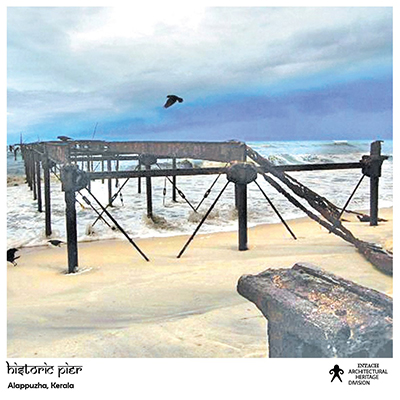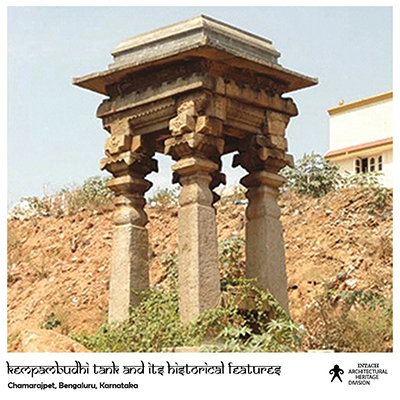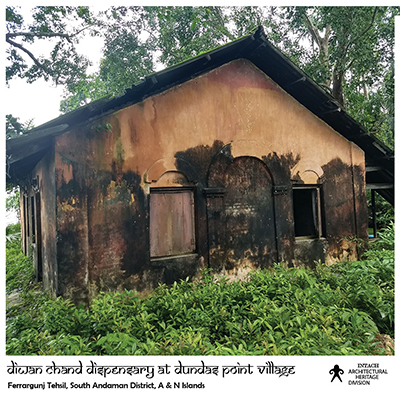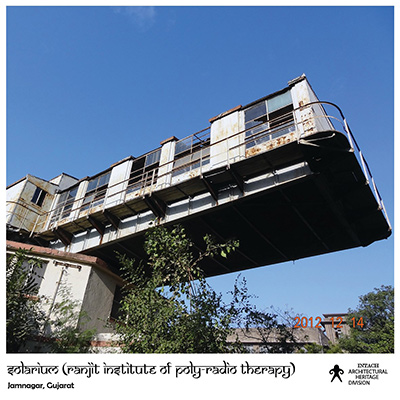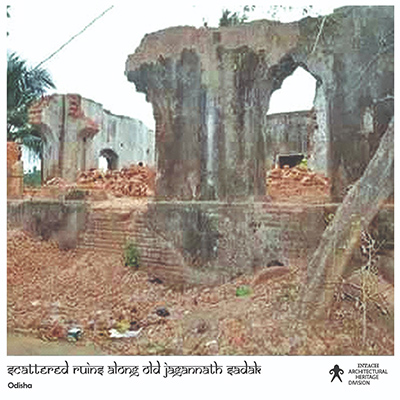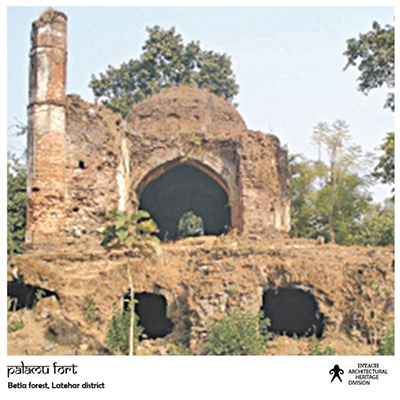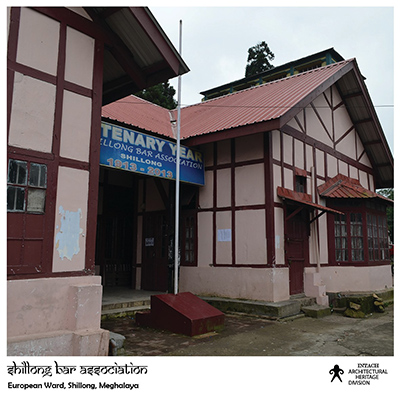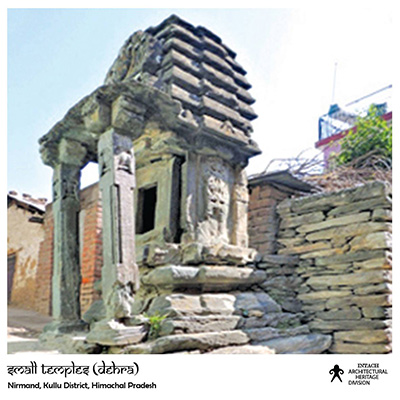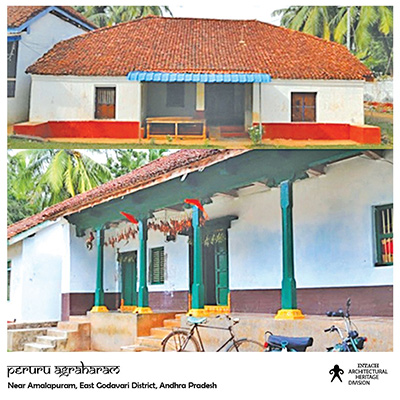H@R 22/365 Kohinoor Shop House
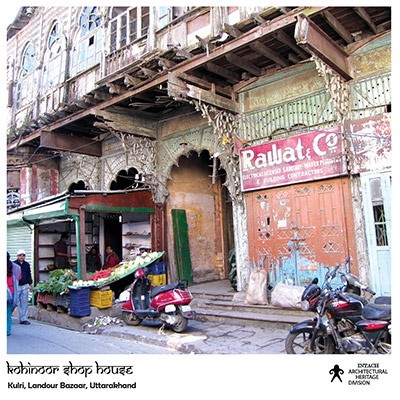
H@R 22/365
Kohinoor Shop House Kulri, Landour Bazaar, Uttarakhand
Mid-19th century CE building. It is one of the most historic and iconic buildings in Landour Bazaar. It was originally a grand bank and had stained glass windows, some of which still remain. A landmark in Mussoorie’s skyline, it had two turrets, of which one survives. It is in an advanced state of decay. The building is in a precarious condition with the rear section collapsed.



